Little changes, big difference - easy ways to eco-boost your home from leading experts in design
Sustainable choices have never been easier to make than with these eco design tips from the experts
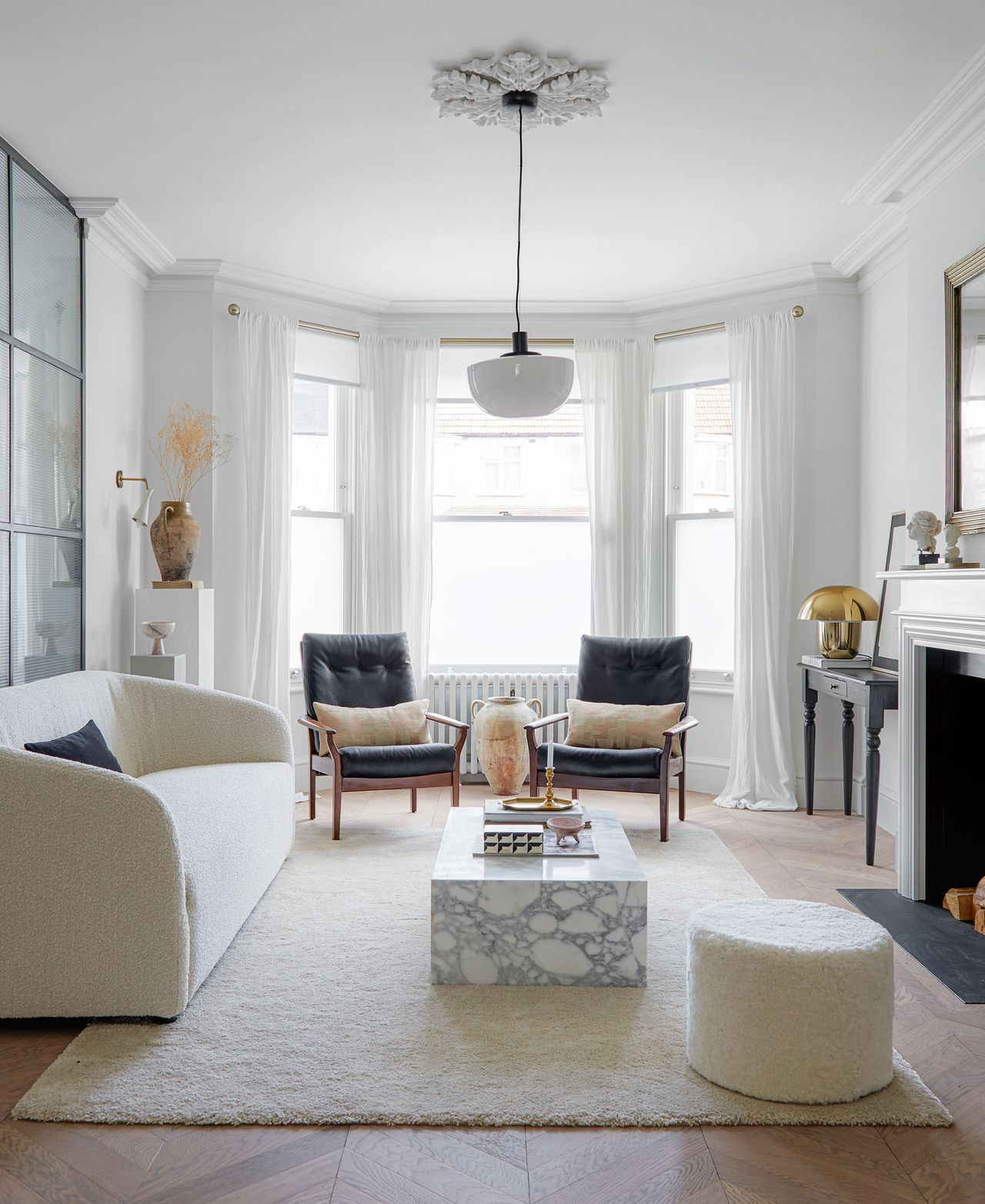
When it comes to making sustainable choices, we're very keen to that good isn't the enemy of perfect. That while getting everything exactly right is hard, that doesn't mean that we shouldn't try to make better decisions where we can.
And when on a quest towards sustainable living, design and decorating is an easy place to start. We're always trying to champion brands that are worth supporting, people who tackling the bigger issues so you don't have to. From fully recycled packaging to cutting down on transportation miles, when manufacturers and makers get it right it makes it easier for us, as consumers, to get it right too.
'To know if a product is sustainable, the word "circularity" conjures up useful images,' says the designer, maker and eco expert Sebastian Cox. 'Even if the material is recycled into the product your buying, could it be recycled again when its lifespan is over, or will it end up in landfill next?'
Sebastian has been known to take a relatively hard line on sustainability - he has said before that it's better to think about ways to use no plastic at all than to be excited about an innovative idea for reusing it - but we're willing to offer a softer approach. 'The planet doesn’t need a few people doing everything perfectly, it needs millions of people doing what they can,' says the author, TV presenter and design expert Michelle Ogundehin.
So here are a few small changes you can make to your home which, if we all get involved, will make a big difference to the future.
Eco-boosting the bedroom
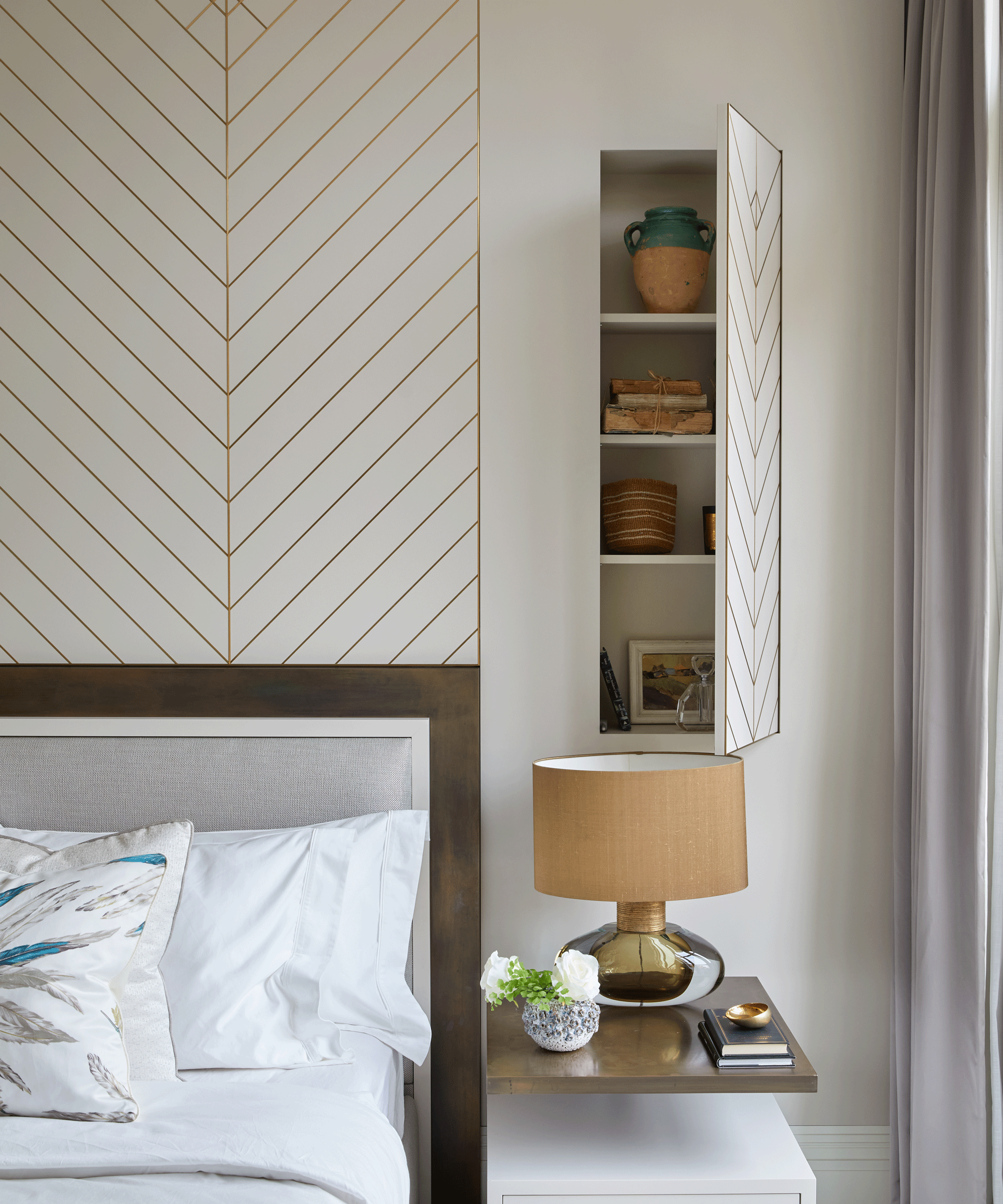
And perhaps you can start in the bedroom. Ida Magntorn is a Swedish author and design journalist, whose latest book, Sustainable Home, has just been published by Pavilion Books. She suggests these seven simple tricks for boosting the eco-credentials of your bedroom, many of which can be employed elsewhere in other rooms.
Sustainable Home by Ida Magntorn
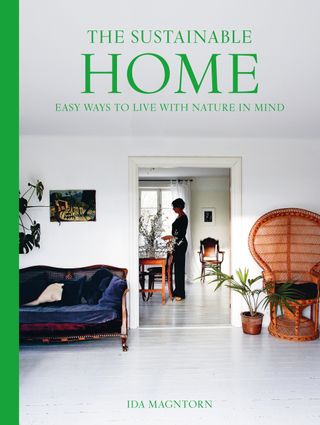
Lower the temperature: 'Having the radiator in the bedroom set at a degree lower than you are used to is a good way to save energy and care for the environment,' Ida says. In fact, as general rule, and way to reduce bills too, It’s a good idea generally to lower the overall temperature in the house. 'When you go away, it’s enough to keep it at 59°F indoors,' Ida says.
Ventilate: 'To get cool and fresh air to sleep in, while at the same time ventilating sustainably, it’s best to open a window wide, preferably with a crossbreeze coming through, for 10 minutes,' Ida says. But avoid keeping the window ajar for hours on end. Why? 'By ventilating quickly, the air will get exchanged without the furniture, floor and walls cooling down, so you don’t have to turn up the heating to get the warmth back,' Ida explains.
Bedroom curtains: Ida believes that timing is everything. 'Lower the blinds and pull the curtains shut at dusk so that less of the warm air inside the home can get out,' she suggests.
Potted plants: Houseplants have become a big interior design trend in recent years, but they have a function beyond the aesthetic. 'Sit a pot plant on the windowsill,' Ida says. Why? 'Green plants are good for indoor air quality, and some are particularly good to keep in the bedroom. Spider plants, devil’s ivy, snake plants, peace lilies, ivy, palm, jade plants, weeping fig and aloe vera all have great air purifying properties.'
The bed: 'If possible, buy an eco-certified bed,' Ina says. 'Or at least an eco mattress topper. Look for organic cotton, horsehair and different kinds of grain. There is a range of different types of eco-certification, and what you really have to watch out for is that the certification applies to all the layers that make up the bed. The textile might be eco-certified, but also check what the filling in the mattress is made from. The most important elements to avoid are flame retardants, synthetic latex, foam materials and particle board, which can all release toxic chemicals.'
Sheets: 'Old sheets are best,' says Ina. 'Any possible chemical treatments will have been washed away, and they are therefore even better from an environmental perspective than organically produced new sheets. If you still want to buy new, choose organic sheets that are responsibly produced.'
Wash less: Instead of turning on the washer, Ina suggests other ways to keep bedding fresh. 'Shake duvets and blankets and hang them out to air from time to time instead of washing them,' she says. It's an obvious point, but one we are surely all guilty of, as she goes on to say: 'Not washing when it isn’t necessary saves energy.'
Approach your home's decoration more considerately
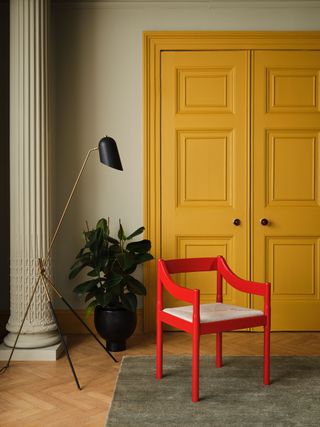
Lime based paints are better for humans to breathe. Walls and columns painted in Lovat Graphclean Matt Interior and doors and surrounds in Bengal Graphclean mid sheen interior, all by Graphenstone
Author, TV presenter and design expert Michelle Ogundehin says a few simple perception shifts about how you decorate and live can help create a more sustainable home. Off the back of Rated People's Home Improvment Trends Report she says 'it’s about making considered choices for the long term, on every level,' while having these specific suggestions.
Avoid plastics, vinyl or synthetics wherever you can. An obvious one, perhaps, but still worth highlighting as these materials creep into unexpected places. 'From nylon carpets and polyester fabrics to formaldehyde exuding MDF,' Michelle says. 'They all contain chemicals which you do not want in your happy healthy, soon to be non-toxic home.'
Do your draught proofing. 'This is boring, but important,' Michelle says. 'There’s no point installing solar panels, roof insulation or underfloor heating if all that lovely heat and energy is whistling straight out through leaky windows and doors. Seal them up and save.
Insulate wisely. 'Ask your builder to look into environmentally friendly options - like hempcrete, cork, sheep’s wool, cellulose (from shredded paper) or wood wool,' Michelle says. 'All non-irritant, safe to handle and completely recyclable.'
Add thermostats in every room. 'You can then control which rooms are heated according to who’s at home,' she says, as smart thermostats have been getting simpler and simpler to install. 'It’s easy to turn the temperature down with home tech and one degree lower could see you make considerable annual savings.'
Choose natural lime-based paints. 'Did you know that most paints are 37% plastic?' Michelle asks. 'And a major cause of global microplastic pollution? Choose natural lime-based paints so you and your home can breathe more easily. Lime-based paints also naturally inhibit bacteria and mould. Ask for lime-based plaster wherever possible too when you’re renovating.' There are plenty eco paint brands on the market and most wear their credentials very openly.
Shop sustainably for your home
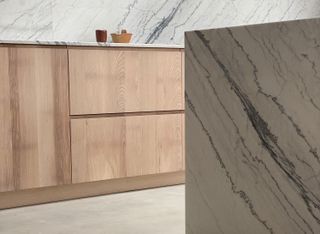
Sebastian Cox's brand new kitchen design, Sawyer, made of tiger oak
It can be hard to know if what you're buying is really sustainable. Aside from the threat of green-washing, where companies highlight certain keywords or practices and conceal less appealing parts of their process, the way a product is made is often hard to figure out when you're standing in the store. Designer and maker Sebastian Cox has some simple questions to ask yourself which will help you buy better for your home.
'I think it’s about the idea of being able to repair something and keep it for a long, long time,' Sebastian says. 'Are its components distinct? Perhaps it has a wood section, a glass section and a brass section, and if one breaks it can easily be fixed, adding to its longevity.' The idea of the ability to repair something is compelling when it comes to assessing how long it will be with you.
Sebastian has further suggestions. 'Also, before buying, ask yourself “will I still love this in 3 years time”?' he says. 'Check how good its surface is - will it age well, or has it has been finished with polyurethane high gloss, or a veneer, that won't? If it’s solid wood, it’s more circular, meaning it will be easier to recycle into something else further down the line.'
Be The First To Know
The Livingetc newsletter is your shortcut to the now and the next in home design. Subscribe today to receive a stunning free 200-page book of the best homes from around the world.
The editor of Livingetc, Pip Rich (formerly Pip McCormac) is a lifestyle journalist of almost 20 years experience working for some of the UK's biggest titles. As well as holding staff positions at Sunday Times Style, Red and Grazia he has written for the Guardian, The Telegraph, The Times and ES Magazine. The host of Livingetc's podcast Home Truths, Pip has also published three books - his most recent, A New Leaf, was released in December 2021 and is about the homes of architects who have filled their spaces with houseplants. He has recently moved out of London - and a home that ELLE Decoration called one of the ten best small spaces in the world - to start a new renovation project in Somerset.
-
 These Privacy Screens From QVC Are Just What You Need to Make Any Outdoor Space Feel More Secluded
These Privacy Screens From QVC Are Just What You Need to Make Any Outdoor Space Feel More SecludedYour outdoor space should feel like a secluded sanctuary. With privacy screens from QVC, you can make that happen in the most stylish way possible
By Devin Toolen Published
-
 70s Color Palettes That Work for 2025 — 4 Designer-Approved Color 'Recipes' That Feel Modern Enough for Homes Today
70s Color Palettes That Work for 2025 — 4 Designer-Approved Color 'Recipes' That Feel Modern Enough for Homes TodayIt's time to bring out your paisley print and disco shoes — the golden yellows, olive greens, and deep purples of 70s color palettes are making a comeback
By Olivia Wolfe Published
-
 Florist Angela Maynard on how to care for dried flowers and how to style them in a modern home
Florist Angela Maynard on how to care for dried flowers and how to style them in a modern homeKnowing how to care for dried flowers means you can have stylish arrangements that last for years. Author and florist Angela Maynard shares her tips
By Angela Maynard Last updated
-
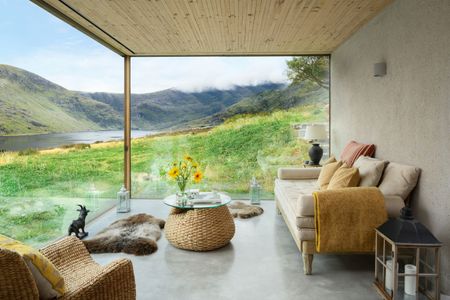 Prospect-refuge theory explained - the rediscovered design approach that can change your life for the better
Prospect-refuge theory explained - the rediscovered design approach that can change your life for the betterDesigner Oliver Heath explains that prospect-refuge theory shouldn't be overlooked in your home's layout and design
By Hugh Metcalf Last updated
-
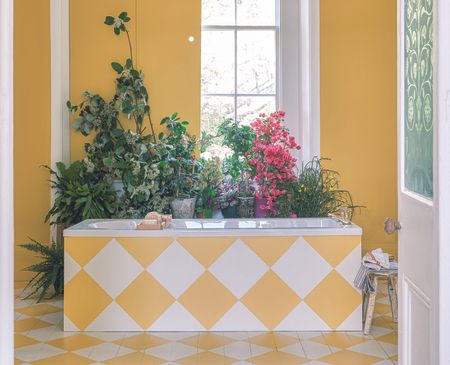 Farrow & Ball's Joa Studholme explains exactly how to use color at home for 2022
Farrow & Ball's Joa Studholme explains exactly how to use color at home for 2022Design legend Joa Studholme explains which colors to use at home in 2022, and just how to use them, too
By Pip Rich Published